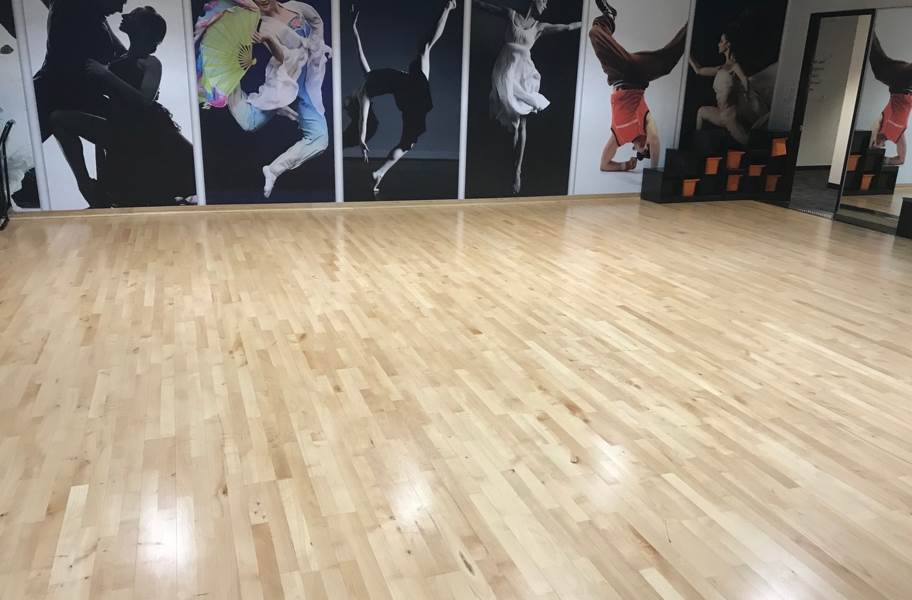Securing Safety and Pleasure on the Dance Area: Spotting and Mitigating Typical Hazards
Dancing is a popular pastime that unites individuals together, regardless of at a party, a club, or a unique occasion. Yet, although dancing can be a lot of enjoyment, it is essential to maintain security in mind. The dance area can present various hazards that may lead to injuries or mishaps if not addressed properly. By recognizing and preventing these common hazards, function organizers and dancers can guarantee a safe and pleasant experience for all.
One of the major notable hazards on the dance floor is the risk of slipping up or falling. This can happen due to spills, uneven surfaces, or overcrowded spaces. To prevent these accidents, it is crucial to maintain a clean and clear dance area. Event organizers should regularly check the area for any leaks or debris and remove them up right away. Furthermore, making sure that the dance floor is well-lit can help dancers see potential hazards, reducing the chances of slipping. Dancers should also be mindful of their environment, steering clear of packed areas where they may be shoved or tripped.

Another frequent problem on the dance area is the potential for injuries caused by too many people. When too many people congregate in one area, it can lead to bumps, contusions, and even more grave injuries. To avoid overcrowding, locations should establish a limit capacity for the dance floor and oversee it closely. Event coordinators can use barriers or cords to create specific areas for dancing, which can help manage crowd movement. Additionally, motivating dancers to be conscious of their space and to consider others can create a more secure environment for everyone.
Injuries can also occur from improper footwear. Using shoes that are not suitable for dancing can lead to slips, injuries, or foot damages. Dancers should choose footwear that provides proper support and grip. Event organizers can encourage guests to choose appropriate shoes by adding this information in announcements or communications. Providing a location for dancers to store their shoes can also help keep the dance area safe and clear from potential risks.
Lastly, it is essential to consider the importance of health and fitness on the dance floor. Staying hydrated is important, especially during extended periods of dancing. Dehydration can lead to lightheadedness, fatigue, and other health concerns. Event coordinators should provide water stations or invite guests to bring water containers. Additionally, it is imperative for dancers to listen news to their bodies and take breaks as necessary. By encouraging a healthy atmosphere, all can savor dancing while reducing the risk of health-related issues.
In summary, guaranteeing safety and enjoyment on the dance area requires awareness and proactive measures. By identifying hazards such as falls, overcrowding, unsuitable footwear, and health concerns, event organizers and dancers can collaborate together to create a secure environment. Taking these steps not have a peek at this site only avoids mishaps but also enhances the overall encounter for everyone involved. With appropriate precautions, the dance area can remain a place of fun and camaraderie for everyone.